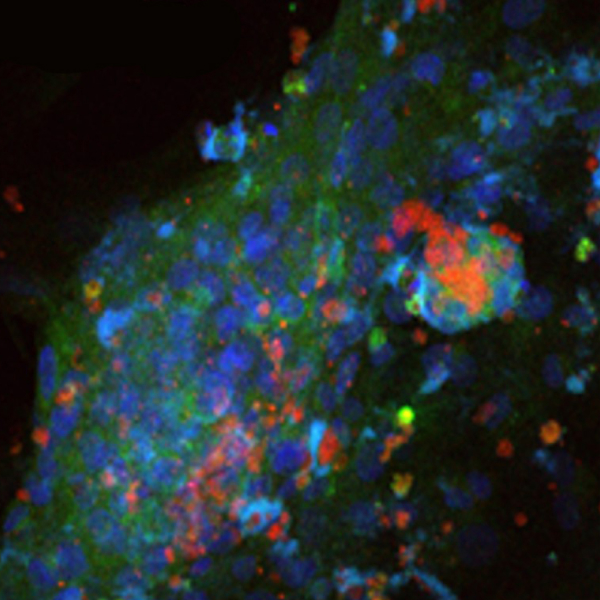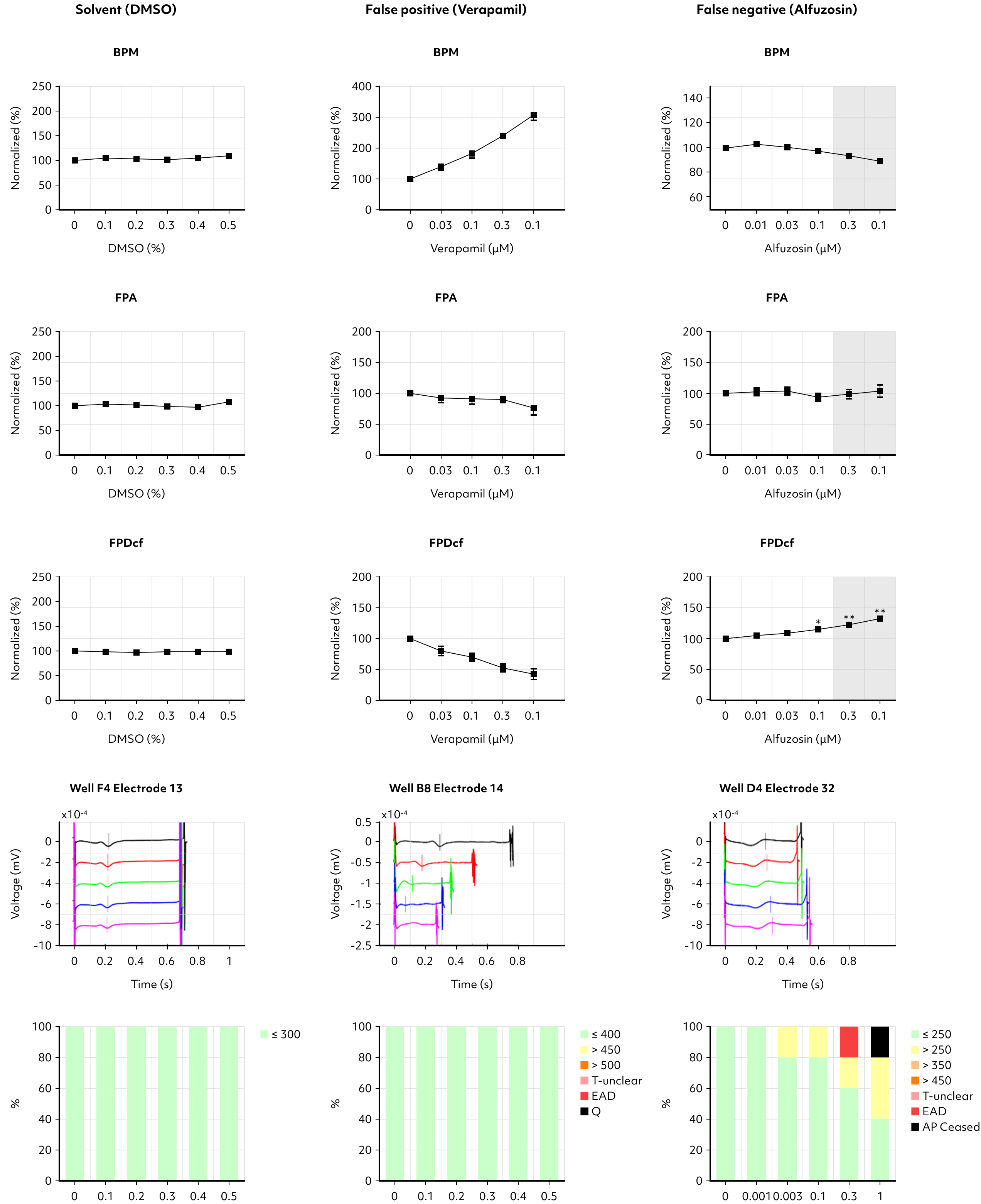Toxicology is a significant factor contributing to the attrition in the development of therapeutic drugs, and it is a crucial consideration when selecting candidate drugs to progress through the development pipeline.



Toxicology
Drugs exhibiting nephrotoxicity can impact different types of kidney cells depending on the specific drug, with a single drug capable of being toxic to various kidney cell types.
The nephrotoxic effects observed in drugs can be faithfully replicated in kidney organoids, resembling the in vivo model.
This provides a valuable platform for conducting mechanistic research on drug toxicity, enabling a detailed exploration of the underlying processes involved in drug-induced kidney damage.
Cell Type
· iPSC
Organoid type
· Kidney organoid
Cardiac organoids closely mimic the cellular composition of the human heart, offering an accurate representation of cardiac responses.
This fidelity allows for early identification of adverse effects, effectively preventing the progression of toxic candidates in drug development.
Cell Type
· iPSC
Organoid type
· Cardiac organoid

Cardiac organoids closely mimic the cellular composition of the human heart, offering an accurate representation of cardiac responses.
This fidelity allows for early identification of adverse effects, effectively preventing the progression of toxic candidates in drug development.
Moreover, these organoids facilitate the study of toxicity within the context of specific cardiac diseases.
The personalized nature of toxicity assessments is enhanced, considering individual genetic variations in drug responses.
This holistic approach significantly improves our understanding of drug safety and efficacy.




Cardiac arrhythmia impact assessment : Multi-electrode array (MEA) system


Cardiac arrhythmia impact assessment: Ion channel inhibitor impact assessment

Cardiac Arrhythmia Impact Assessment: False Positive and False Negative Drug Impact Assessment

